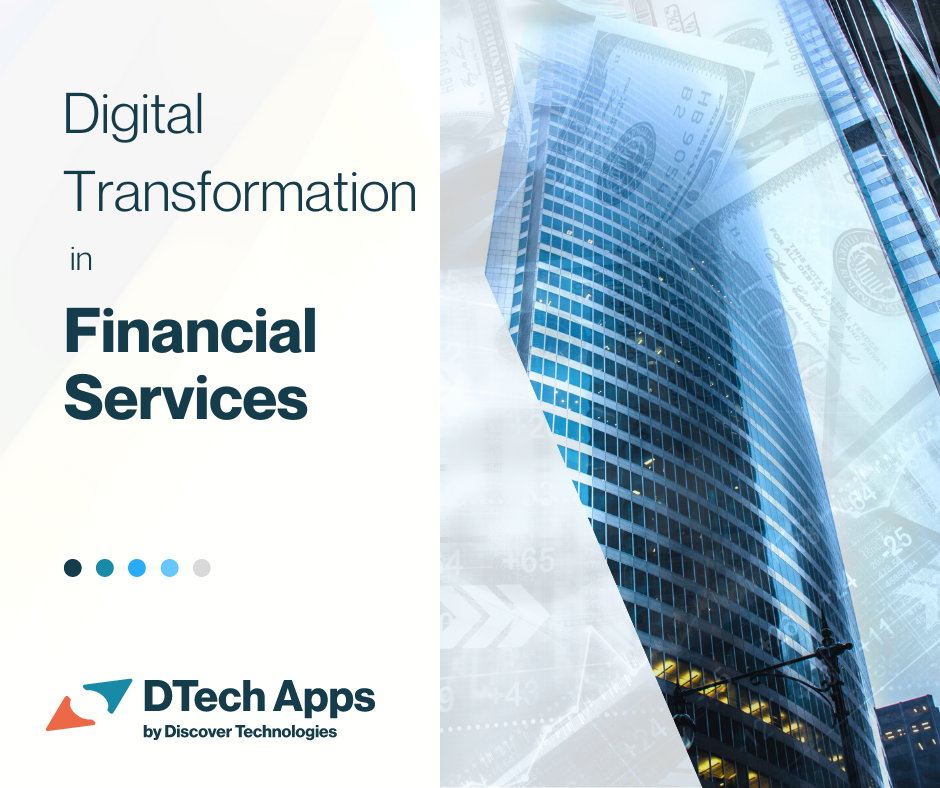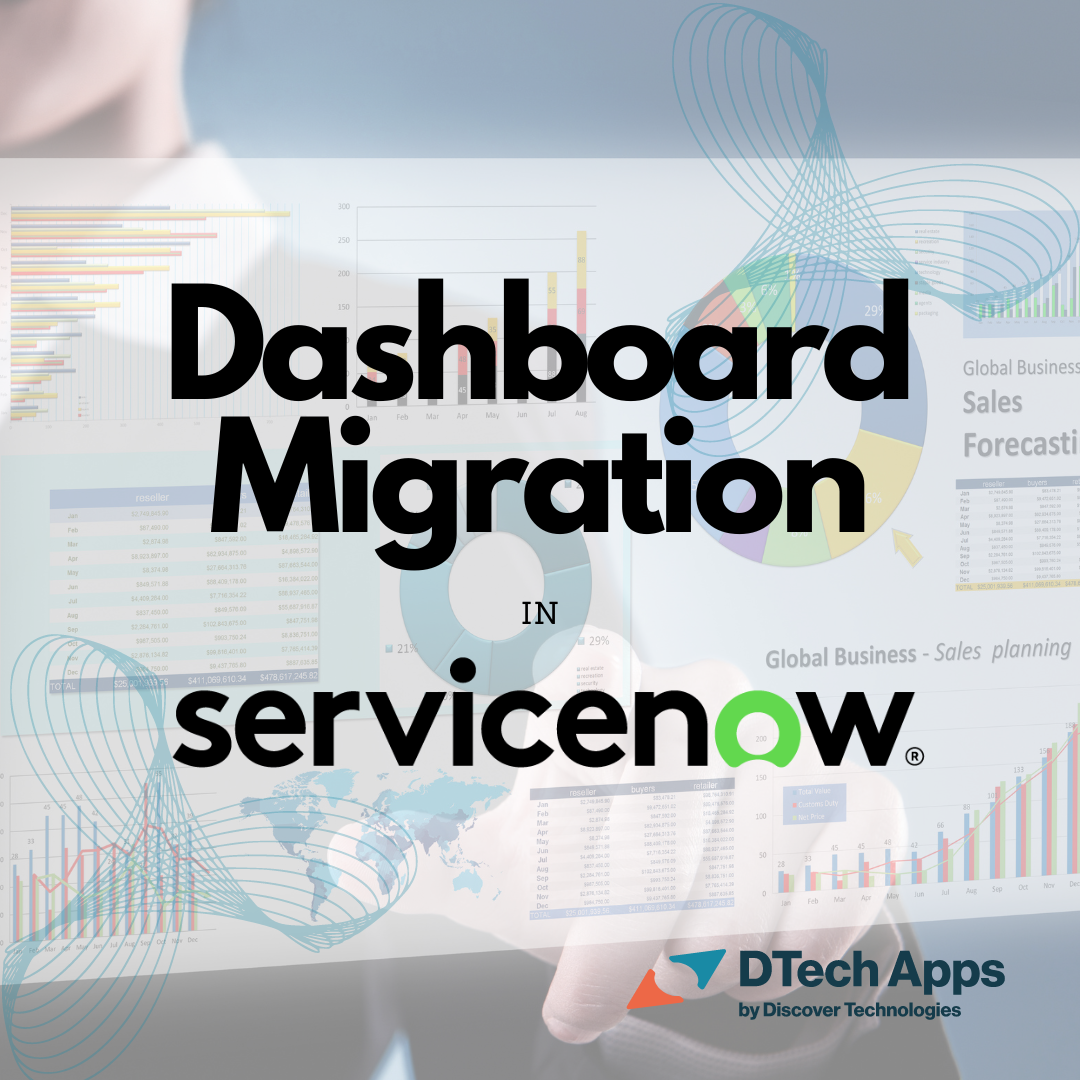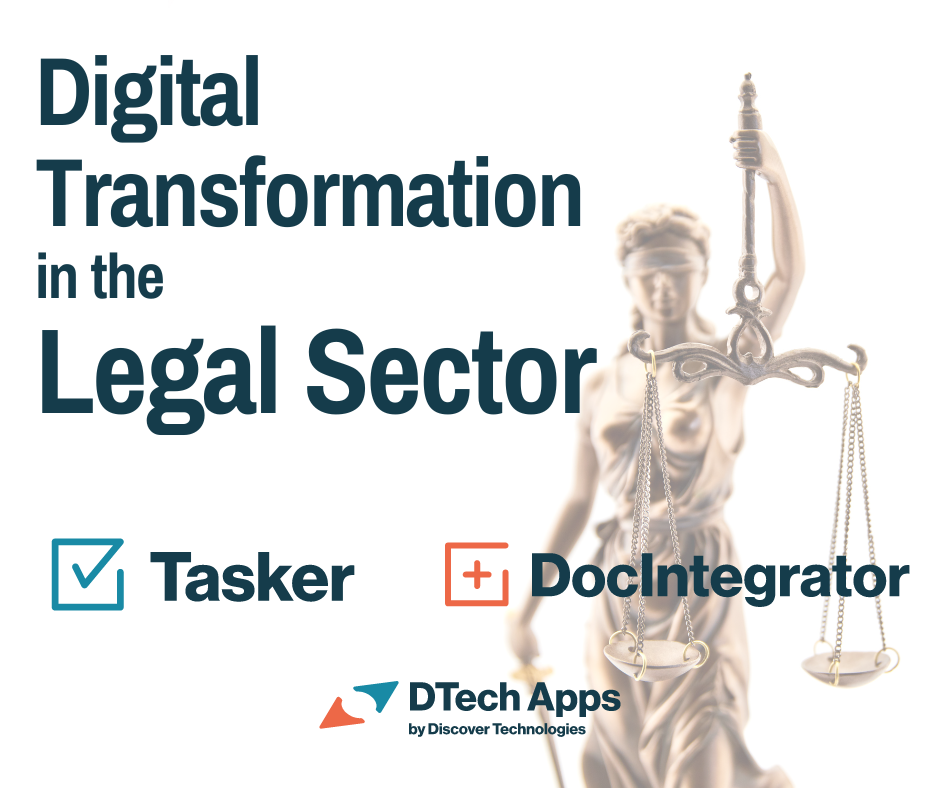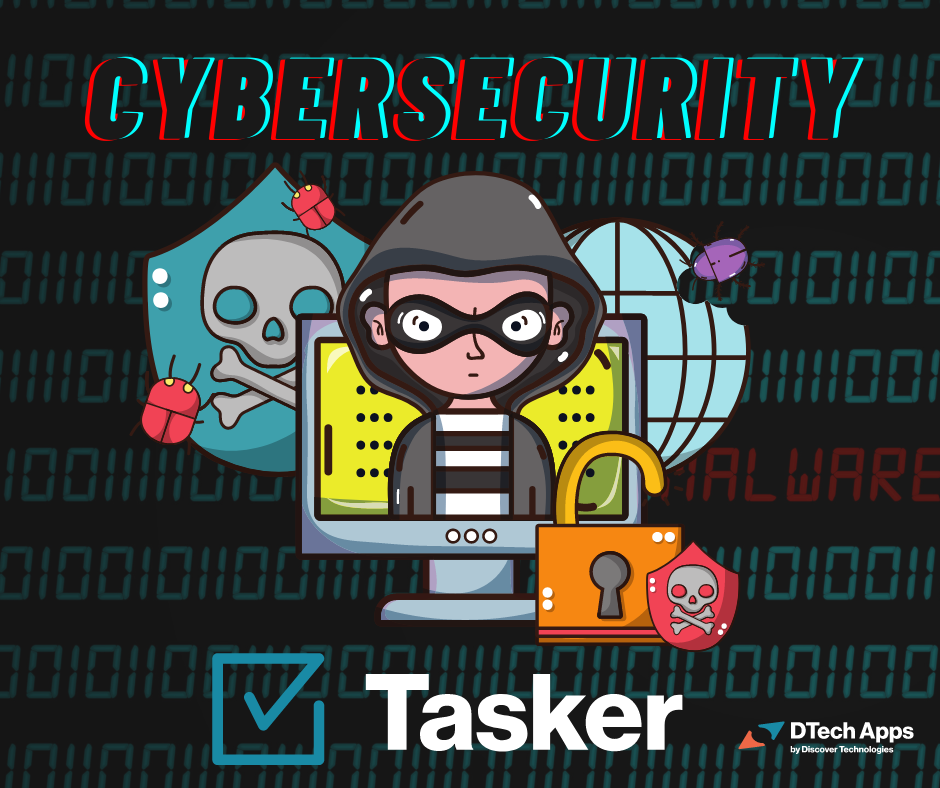Digital Transformation in Financial Services
Financial services are one of the few business models that begin and end with the customer experience. Many financial institutions consider attracting new customers and clients while retaining existing ones their highest priority. Because of this, investments in the digital customer experience have taken precedence over the digital employee experience. However, to keep customers satisfied and coming back, financial institutions like banks, asset and wealth management firms, tax and accounting firms, and insurance companies must make internal operational efficiency their top priority. Therefore, enhancing the customer experience and streamlining and improving the employee experience is a necessary win-win.
To achieve operational efficiency and optimize the experience for financial services employees, digital transformation is necessary.
Digital Challenges Faced by the Financial Services Industry
What initiatives do financial services institutions need to focus on to point their compass in the right direction, and what challenges do they need to overcome to get there?
The primary challenges faced by the financial services industry include:
Workflows for many financial services institutions still involve slow, outdated practices such as manual data entry, spreadsheets, email correspondence, shared folders, phone calls, etc. Employees are utilizing legacy systems to view, file, print, index, and archive critical financial data and documents. These systems were not designed with a seamless employee experience in mind. They are not streamlined or automated, do not update in real-time, and cause overall confusion regarding task/project ownership.
By using processes such as these, employees are working in silos and lack the transparency and visibility necessary to effectively communicate. This results in painstakingly long turnaround times, increased staff hours and labor costs, privacy/security threats, and failure to keep up with compliance monitoring and alerts. Valuable time and money are lost that could be put toward adequately training and upskilling staff, focusing on customers, and investing in tools and resources that facilitate automation, alignment, compliance, efficiency, and productivity.
So, what goes into driving operational efficiency in these institutions?
Tasker Digitally Transforms the Way Work Is Done
The reasons outlined above underscore the importance of adopting collaborative digital workplaces to drive operational efficiency for employees and optimize the customer experience within financial services institutions. Tasker is a collaborative work management tool built on the ServiceNow platform. Financial services institutions can seamlessly adopt and integrate Tasker to revolutionize the way they get work done. Users can easily create, assign, delegate, route, and manage tasks for any ServiceNow workflow or solution.
Tasker eliminates the silos and gaps of an unstructured work environment, helping financial services employees and business leaders unlock lost productivity and realize a faster return on investment from their people and systems. The Tasker WorkUI™ increases speed and agility for users, enabling the automation and completion of critical tasks regardless of location or device, and giving them more time back to focus on delivering competitive customer service.
Tasker’s robust and dynamic standard and custom dashboards provide real-time insights into key financial data and analytics, accelerating response-time and decision-making and uncovering both bottlenecks and hidden growth opportunities. The simplified Tasker UX was designed for people who aren’t developers, reducing strain on IT resources. The Intuitive TaskFlow™ Designer enables users to easily build complex tasks, projects, and templates according to their unique needs and requirements.
Through DTech Apps’ partnership with ServiceNow, all versions of Tasker have inherited FedRAMP High and U.S. Department of Defense (DOD) Impact Level 5 (IL5) Provisional Authorization through the ServiceNow National Security Cloud (NSC). Tasker’s security features make it ideal for financial services institutions and companies with sensitive data that is susceptible to breaches, attacks, and legal issues.
What are you waiting for? Schedule a demo today!



